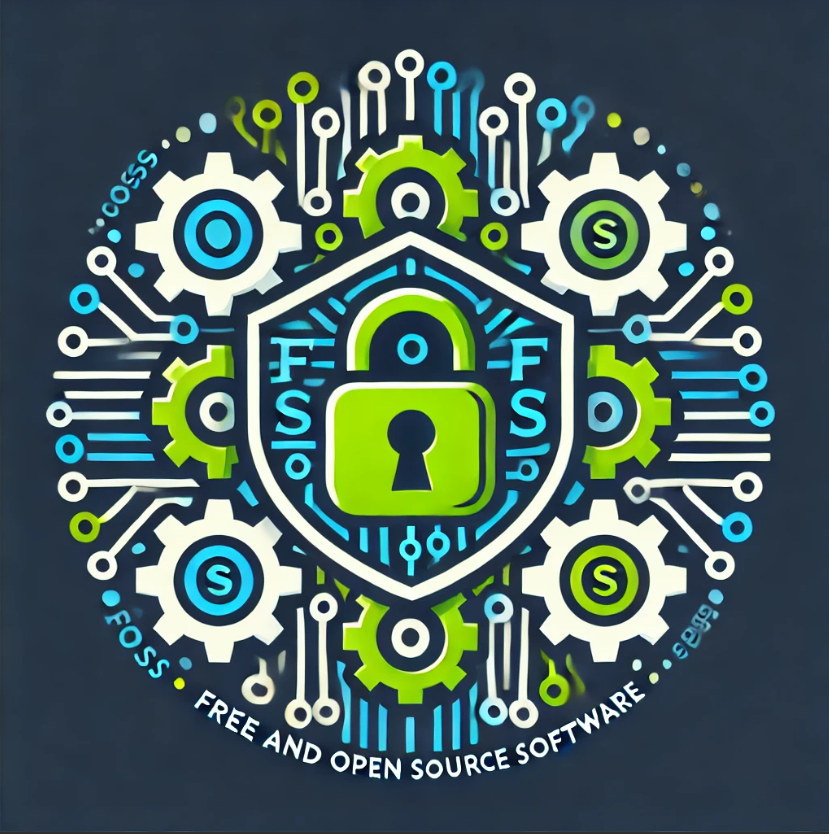

I was taught that the point of a thank you note is to get your name in front of them one more time. It’s a form of advertising; they might have done 5 interviews that day, 5 the previous day, and have 5 more scheduled for tomorrow. You want them to remember you over the next person who has the same qualifications.







Unrelated anecdote:
Years ago I had a cheap Blackberry lookalike phone. It had a button lock feature to prevent butt dialing, but some bright spark decided that the lock wouldn’t apply to the ‘9’ and ‘1’ keys, presumably so that a user could dial 9-1-1 even if too panicked to unlock the keypad. Which just meant that it was really easy to butt dial 9-1-1…